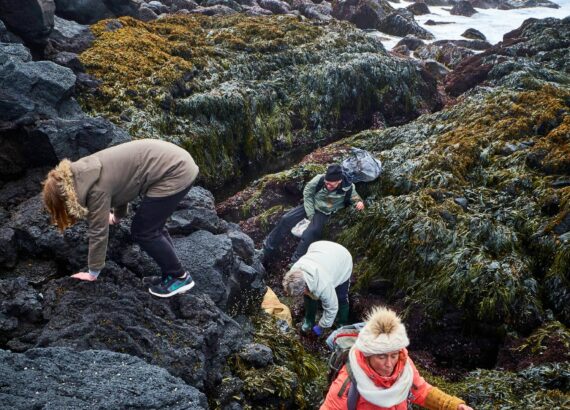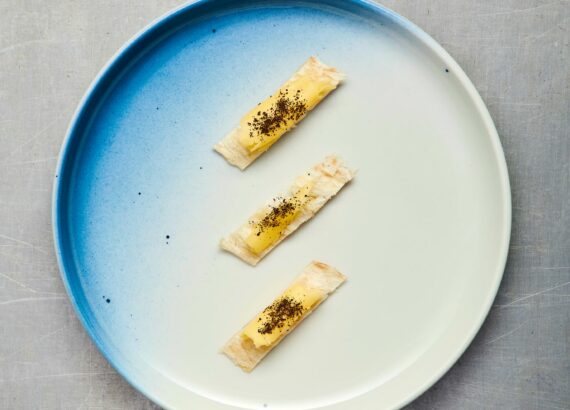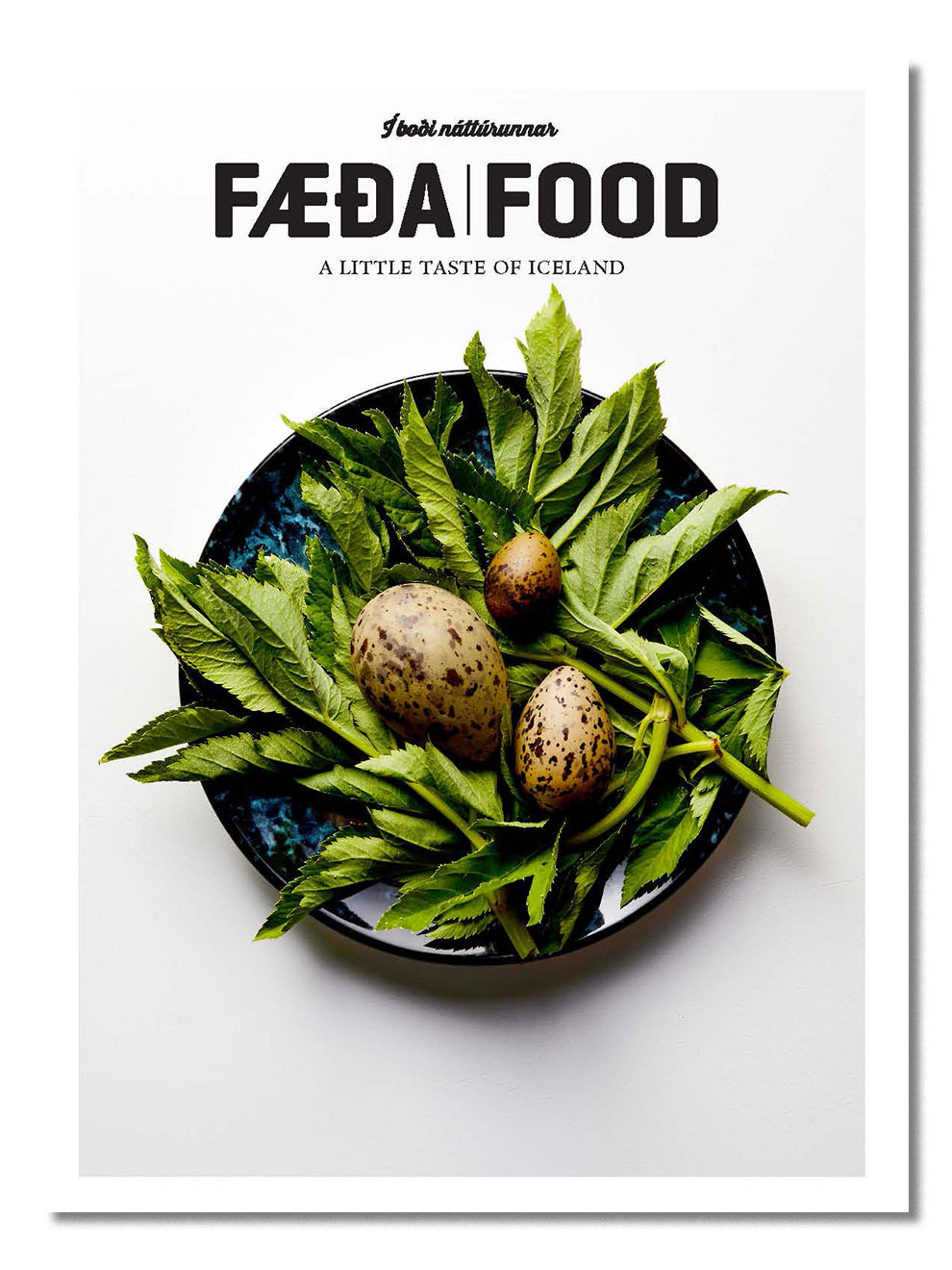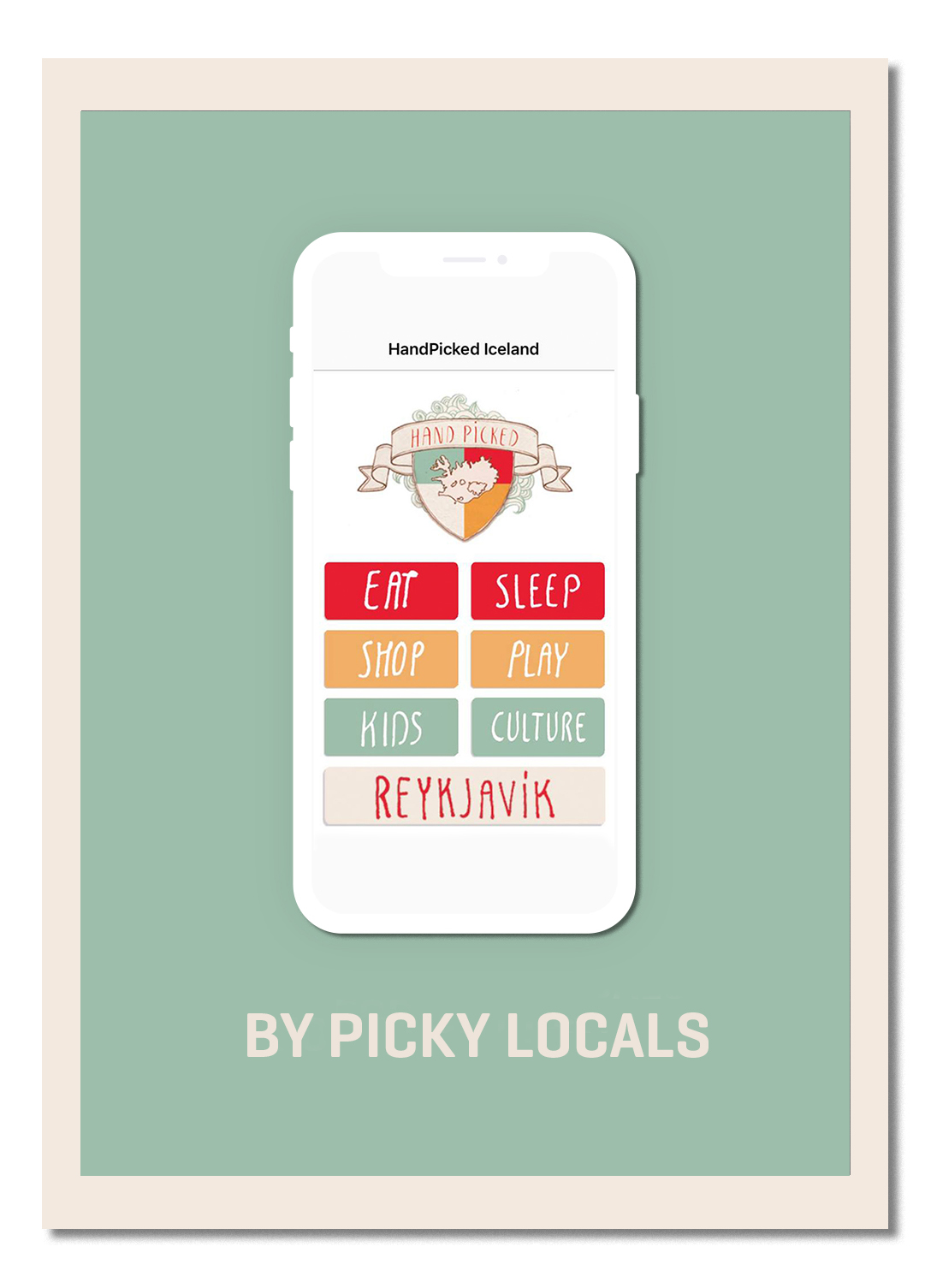
The Superfood of the Sea
Text SIGRÍÐUR INGA SIGURÐARDÓTTR Photos KARL PETERSSON
When it comes to nutritional value, no plant on Earth can rival algae. But why don’t we eat more of them? Is it because they aren’t appealing enough as they lie wet and slimy on the shore? Or perhaps we don’t realize that from them we can prepare a wholesome and delicious meal?
Hinrik Carl Ellertsson and Eydís Mary Jónsdóttir published a book about Icelandic fish algae in collaboration with Karl Petersson and Silja Dögg Gunnarsdóttir. Here you can purchase the book.

Hinrik is a chef and teaches the culinary art at Menntaskólinn í Kópavogi college. Hinrik has worked at Michelin star restaurants abroad. For a long time, he worked at Dill, the first Icelandic restaurant to receive a Michelin star. He set out to make the recipes easy enough for everyone to use them, and he also made sure they were appetizing. “I didn’t want to make algae soup or something like that. I wanted to use the algae to enhance the food’s flavor and improve its texture. So, I came up with the idea to use my recipes and add the algae to them,” says Hinrik, who was a board member of the Slow Food organization and adheres to movement’s ideology. “I want to educate people about the benefits of buying ingredients and cooking a meal instead of buying processed food. I also want to use local ingredients instead of something that has been shipped halfway across the globe.”
“A few years ago, I didn’t know anything about algae. To me, they were just this strange thing lying around the beach, and it didn’t even occur to me that they were edible.“
Eydís writes the theoretical part of the book. She has a degree in the field of the environment and resources, specializing in algae and finding ways to make use of it. “A few years ago, I didn’t know anything about algae. To me, they were just this strange thing lying around the beach, and it didn’t even occur to me that they were edible. The first project I was assigned after graduating from the University of Iceland was in the town of Sandgerði at The Southwest Iceland Nature Research Centre. It entailed mapping the beaches’ flora and fauna, including algae. I spent the summer walking the beaches of Reykjanes, gathering information, and tasting everything I came across. In bad weather, when you couldn’t be outside, I researched when the types we were mapping had been utilized in the past, and how they could be utilized now, and in the future. There, I got the chance to discover this amazing ingredient, which has exceptionally many possibilities of use,” says Eydís.
“In wintertime, people only got vitamin C from resources from the beach, and that way, algae kept Icelanders healthy and even alive, when times were hard. As the 20th century progressed and the importation of foreign foods increased, this knowledge was mostly lost. Now, people all over the world are realizing that we don’t have an endless supply of food and must find new sources of sustainable nutrition. And food algae are one of the most sustainable foods available. It grows on the beach, all you have to do is go pick it up,” she says, but at the same time pointing out that it must be picked sensibly and sustainably.

In Iceland, there are almost 2,000 types of algae, of which 260 are large algae, which can be found on our shores, and are all edible in one way or another.
According to Eydís, the only European nations to use algae considerably in their cooking have a connection with Celts and Celtic culture. “They were utilized in Ireland, Scotland, Wales, Iceland, and the Bretagne. We can thank our Celtic foremothers for having brought this knowledge to Iceland and saving us from scurvy.”
Eydís had dreamt about writing a book about algae since the year 2011. “I hadn’t mentioned this out loud, until two years ago. I was visiting my mother-in-law when my sister-in-law, Parliamentarian Silja Dögg Gunnarsdóttir, picked up a book and showed me. It was an algae cookbook in English, which she was interested in translating. The first photo was of seaweed, which was kelp, but the book got the type wrong. As I flicked through the pages, I knew that I could do so much better. So, we decided to go on this journey together and create an Icelandic book about food algae containing substantial information on how they can be utilized as ingredients for divine meals. Also, we wanted to discuss various storing methods, such as drying, pickling, brining, and smoking. The book also contains unique maps of the locations of eight types of Icelandic algae, which I created based on data by the Icelandic Institute of Natural History. As far as I know, that information has never been presented in this way before.”
“The sea around Iceland is both pure and cold. Under such conditions, underwater greenery grows relatively slowly, but instead, it is rich with antioxidants.“

See recipe here
Eydís also wrote an extensive chapter on nutrition for the book. “The sea around Iceland is both pure and cold. Under such conditions, underwater greenery grows relatively slowly, but instead, it is rich with antioxidants. For example, dulse is rich with protein, fibres, minerals, vitamins, and antioxidants. Algae are also rich with iron,” she adds, pointing out that when it comes to the climate crisis, it can also be a part of the solution. “Algae produces more oxygen than people realize, somewhere between 50-90% of the oxygen we inhale, laying the foundation for life on Earth as we know it today. They were the very first photosynthesizing organisms, and they formed the oxygen on which our eco-system is based. Without algae, we wouldn’t exist—without them, our planet wouldn’t be full of life. Land plants evolved from green algae, and amazingly, apple trees are more closely related to green algae than green algae are related to brown and red algae. I think that is absolutely amazing,” says Eydís. “I wanted to celebrate algae and demonstrate that they aren’t sticky, slimy and tasteless – they can be turned into appetizing food,” adds Hinrik. “You don’t have to become an algaetarian, but it truly is a valuable addition to our food flora.”
Other recipes from this book
Artichokes with sea truffles
Lamb wrapped in sugar kelp


